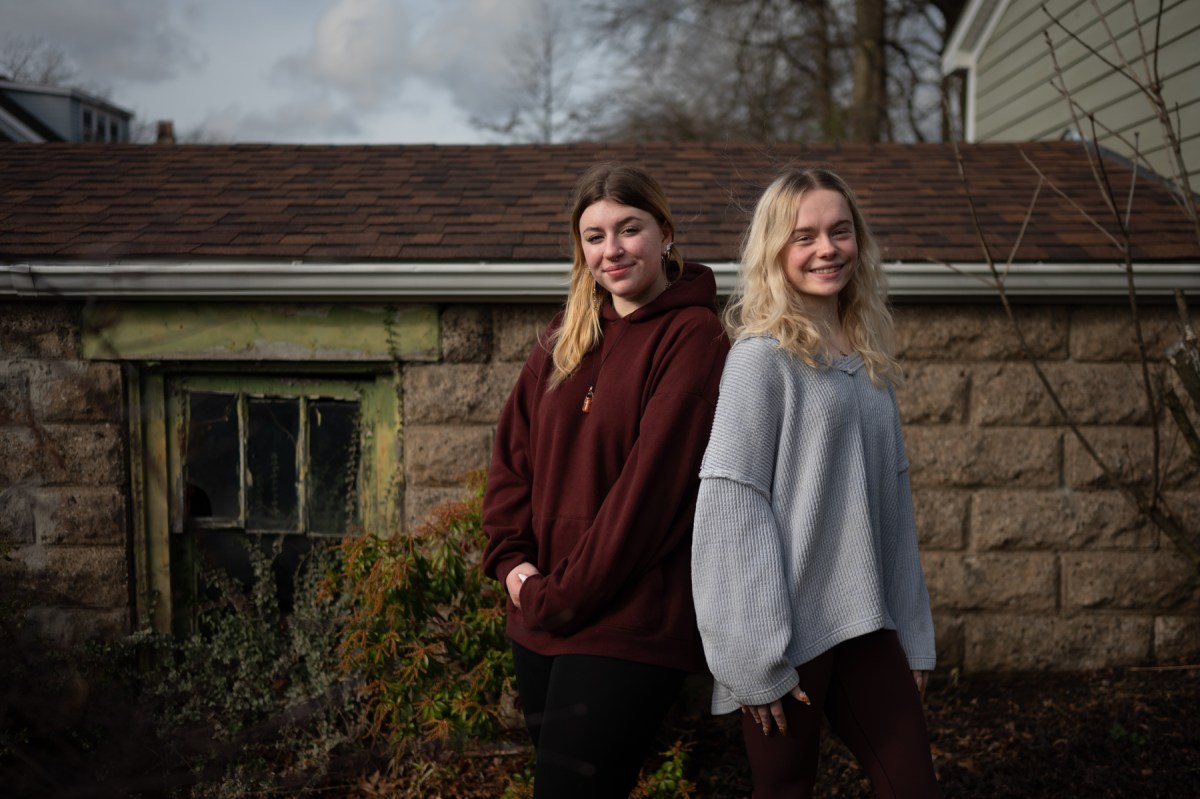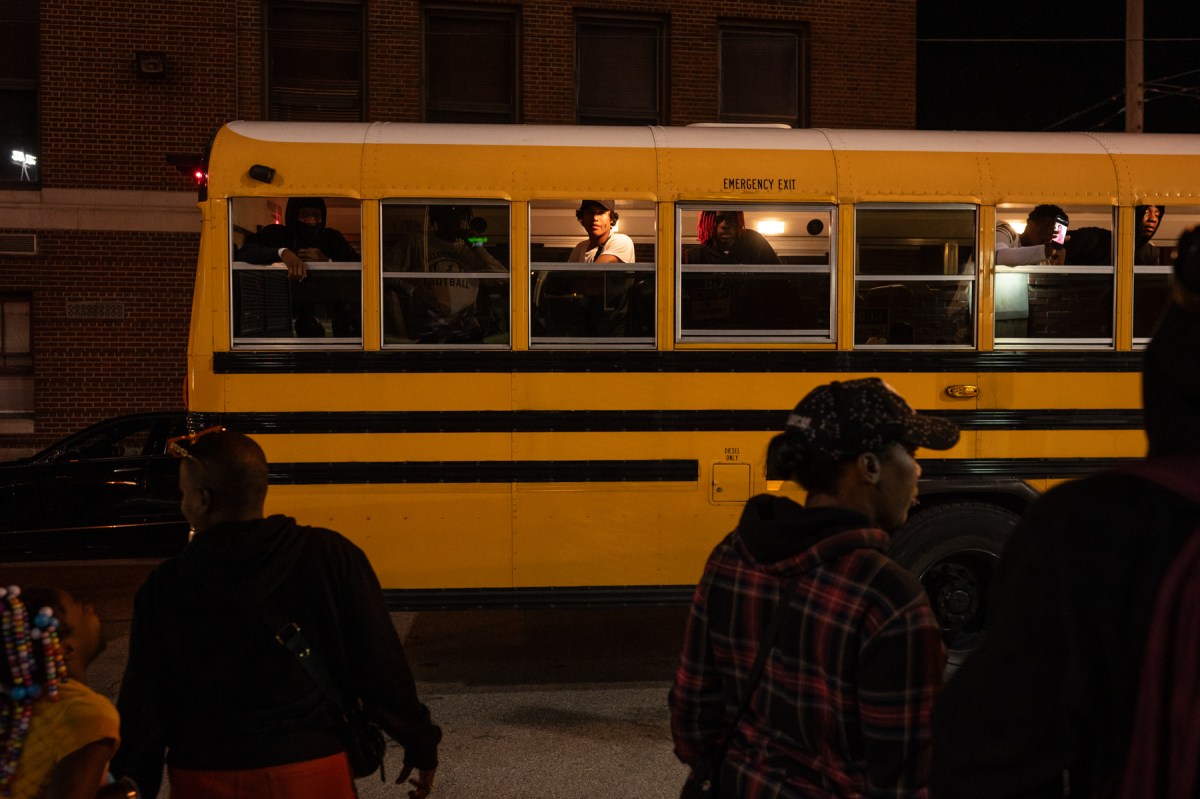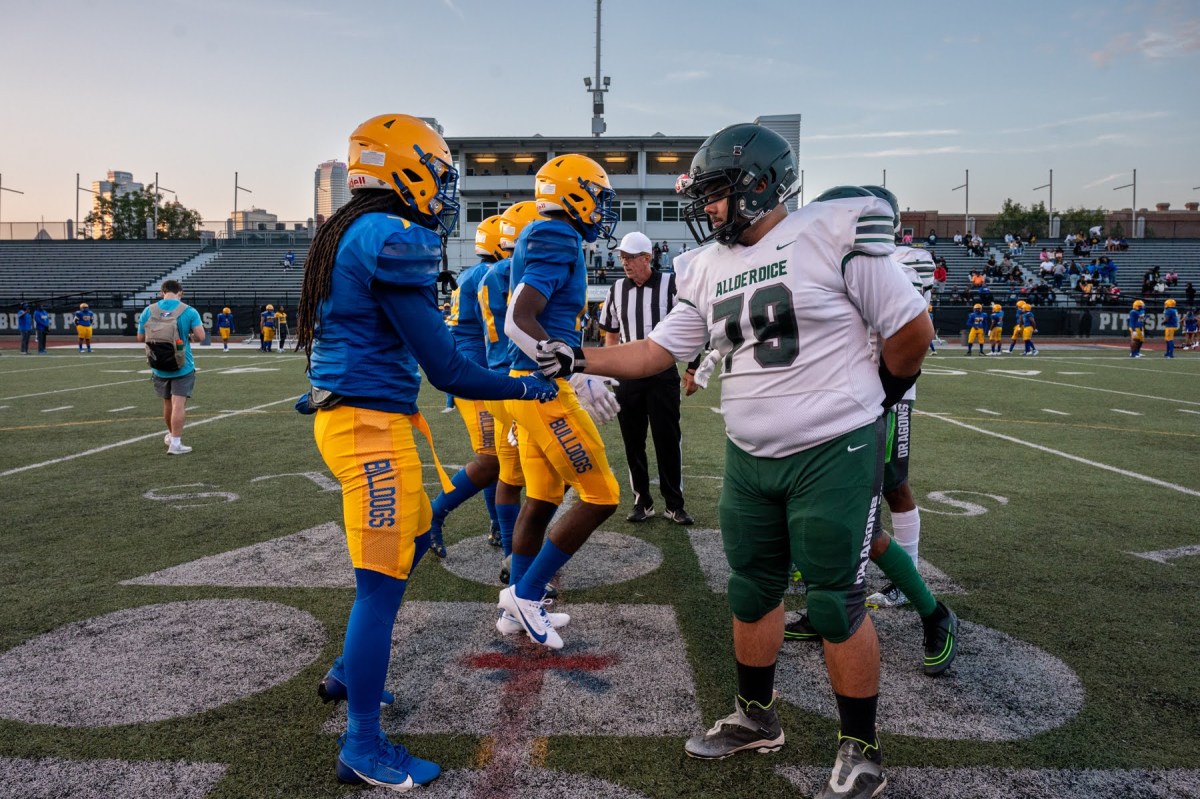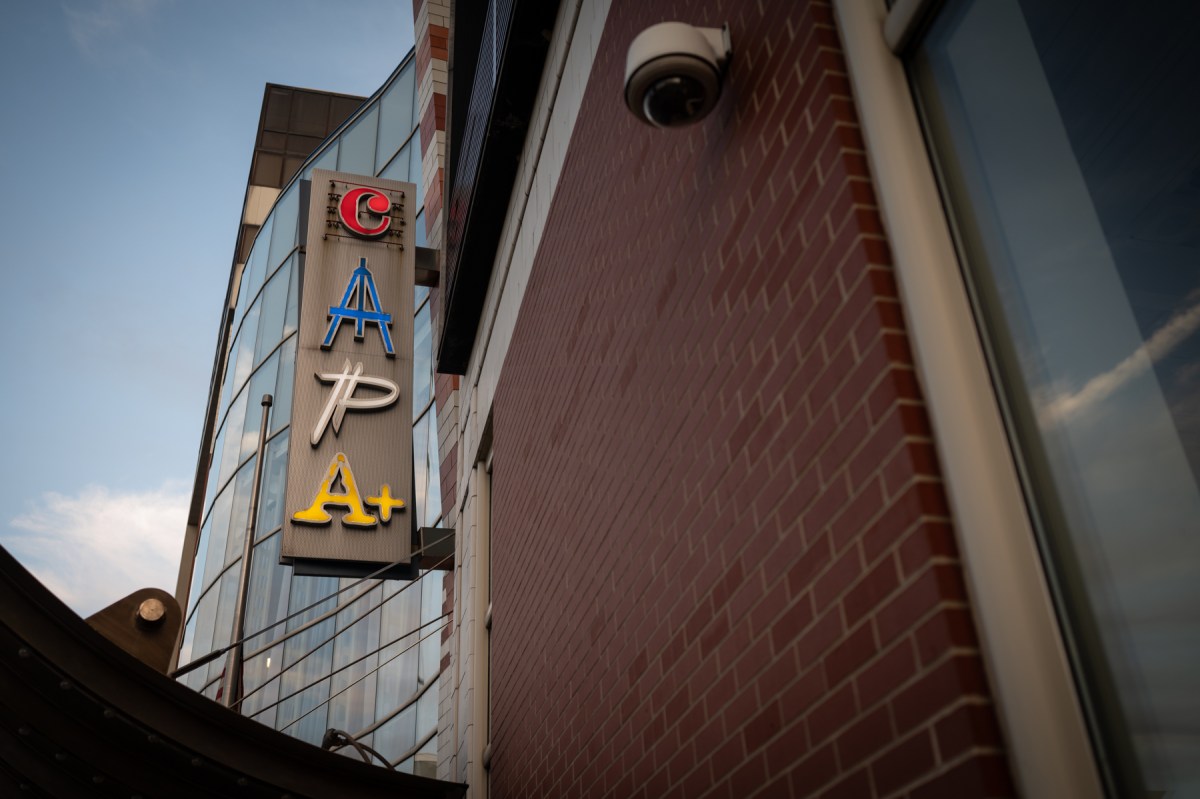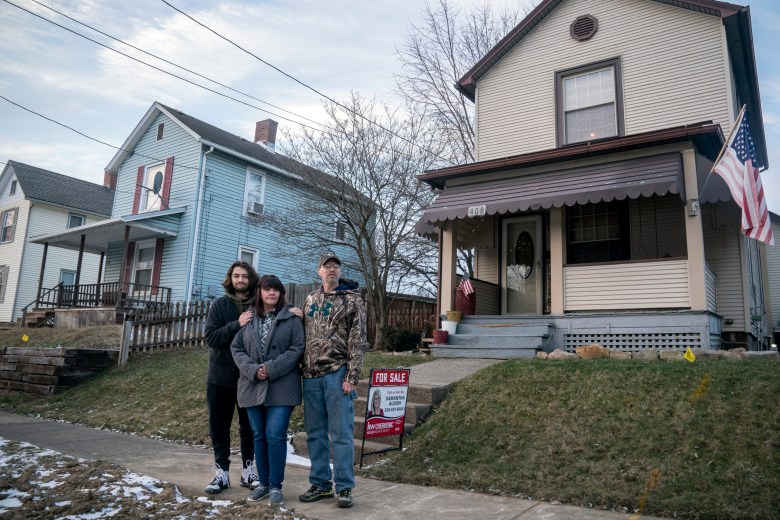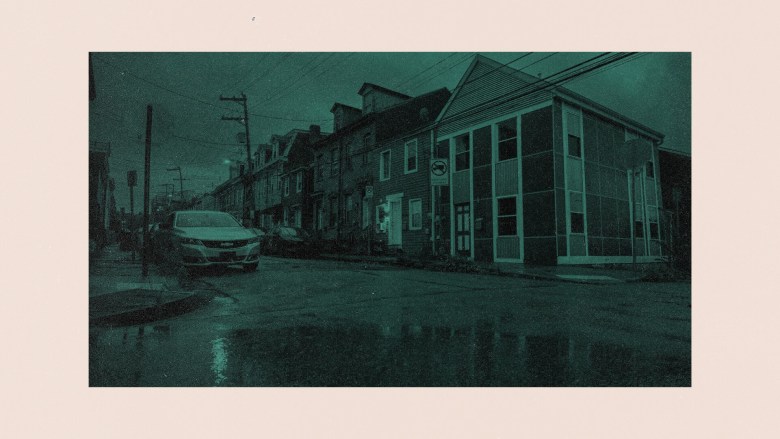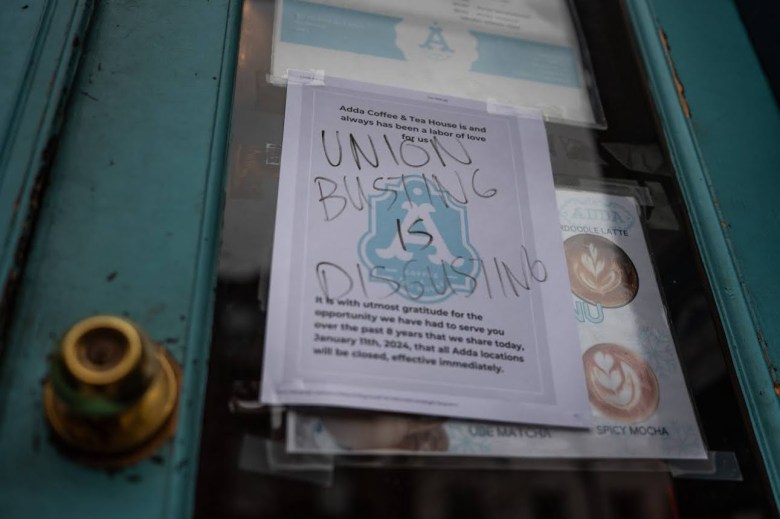Cate Guilfoyle, a senior at Allderdice High School, learned of Pittsburgh Public Schools’ gifted program when she was in second grade at Colfax K-8. Many of her peers attended the district’s Gifted Center at Greenway, once a week, to participate in accelerated hands-on courses.

Uneven Scales
As PPS contends with a difficult budget season, PublicSource explores the balance of resources and its effects on students’ futures.
“There was a huge stigma around, like, everyone that went there was super smart,” she said.
Guilfoyle was evaluated and identified as a gifted student a few years later. Like others, she attended the Gifted Center, which she believes offered more resources than Colfax. With that, Guilfoyle said, she also saw immediate disparities in her classroom.
On the days when she and her classmates bussed off to the Gifted Center, she said, “Greenway would look like all white kids and then all of Colfax would have only African American kids.”

The district’s Gifted and Talented program offers unique opportunities for students who are identified as “high-achieving.” However, students of color are highly underrepresented among students who are identified for the program.
As the district works through a strategic planning process with a focus on equity, at least some board members say the time is right to rethink approaches to gifted education.
Of the 18,650 students enrolled in the district, 1,315 were identified as gifted in 2022-23, according to the district’s enrollment dashboard. Of the students identified as gifted, 16% were Black and 66% were white. Black students make up 51% of the district’s student population.
While Pittsburgh’s district bleeds students, a few schools grow
Schools with a higher share of economically disadvantaged students also had a lower percentage of students identified as gifted. Of all students with a Gifted Individualized Education Plan [GIEP], only 23% were economically disadvantaged, while districtwide, 70% of students are economically disadvantaged.
Statewide, 3.3% of all students were identified as gifted, according to the 2017-18 data from the National Center for Education Statistics. Less than 1% of Black students were identified. Studies have shown that gifted programs do not necessarily improve student reading and math scores.
PPS spokesperson Ebony Pugh said the district follows state guidelines when evaluating students for gifted education, but did not substantively address questions about racial disparities in the program.

State laws contribute to disparities
State regulations define gifted education as individualized and specially designed instruction, delivered under a GIEP.
Per state law, a “mentally gifted” student must demonstrate an IQ of 130 or more or
- Test at a year or more above achievement level
- Show a high rate of retention in learning new skills
- Demonstrate early skill development
- Show expertise in one or more academic areas.
Advocates say, the definition of “gifted” may be a key driver of the inequitable access to the district’s gifted program.
James Fogarty, executive director of A+ Schools, a nonprofit supporting PPS in addressing equity issues, said key measures such as IQ, which is impacted by socioeconomic factors such as poverty and structural racism, skew the pool of gifted students.
“It seems as if the current system … developed at the state policy level, lends itself towards identifying students as gifted as those who are also not economically disadvantaged,” he said.
It seems as if the current system … developed at the state policy level, lends itself towards identifying students as gifted as those who are also not economically disadvantaged.
James Fogarty
Many students from low-income families are underrepresented and excluded from gifted programs because they do not have opportunities for enrichment and learning experiences outside school in early childhood, said Kristen Seward, associate director of Gifted Education Resource Institute [GERI] at Purdue University.
She said if students don’t have access to enrichment opportunities in early childhood, then they will not test high by the time they get to third grade, when kids are usually tested for gifted education.

Accelerated learning for the ‘gifted,’ free day for others
All gifted students in PPS – apart from those at Dilworth and Grandview where gifted instruction is offered on-site – go to the Gifted Center at Greenway every week, where they participate in project-based, accelerated courses.
Beatrice Kuhn was in fourth grade at Colfax when she was identified as a gifted student. Once every week, she would go to the Gifted Center, where she took classes ranging from forensic science to ceramics.
Allderdice and Westinghouse, 3 miles away, are worlds apart in AP classes, teacher experience, student disadvantage
“I took various art classes and those were really fun,” she said. “It was a very different environment.”
Kuhn’s friend, Alina Weise, also got evaluated in fifth grade but was not identified as gifted. She and others stayed at Colfax while their peers went to the Gifted Center.
“I just felt down about myself. I started to feel like I wasn’t smart enough or wasn’t as high of a level as my peers were, especially my close friends,” she said.

On days her classmates went to the Gifted Center, those remaining at Colfax were usually given a “free day,” where they could catch up on any previously assigned work, Weise said.
PPS did not respond to inquiries about assignments for students not identified as gifted on days their peers are at the Gifted Center.
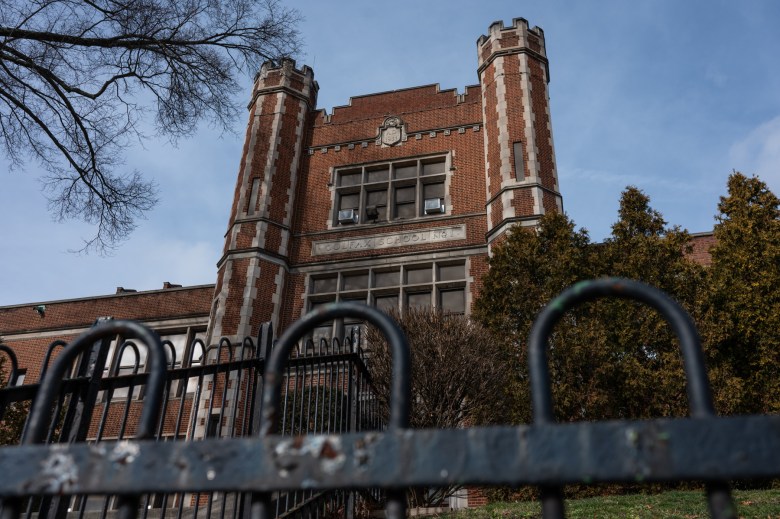
Kipp Dawson, a retired teacher from Colfax, taught at the school from 2005 to 2018. She said delivery of instruction for students who stayed behind on gifted days varied at every school and with every principal.
For a part of her tenure at Colfax, those students were provided an enrichment day where they brought in artists to teach classes such as poetry, writing or painting T-shirts. However, most time was dedicated for students to prepare for standardized tests.
“That was a day in many cases of dull, rote, uninspiring work,” said Dawson.
I think we sometimes do ourselves a disservice by creating opportunities to segregate.Gene walker
Allyce Pinchback-Johnson, a founding member of Black Women for a Better Education, said apart from overidentifying white students as gifted, the district also misidentifies students because of inherent biases and standardized testing.
“It’s just a very narrow and limited definition of giftedness,” she said. “We already know what the outcomes are going to be, based on just the racial distribution of how students fare on those tests that we know that it’s not a reflection of them as students as much as it’s a reflection of the bias that exists.”
Gene Walker, district board president, said the Gifted Center creates barriers for students by sending some kids there and leaving others behind. “I think we sometimes do ourselves a disservice by creating opportunities to segregate.”
How magnet schools attract some, repel others, and contribute to Pittsburgh’s polarized education system
The Gifted-to-AP pipeline
At Allderdice, Guilfoyle noticed the same disparities in her honors and Advanced Placement [AP] classes that she saw between Colfax and the Greenway Center.
“I feel like Allderdice is very segregated in many ways,” she said. “I walked in my first AP class, and there were no African American students.”
Similar to gifted education, Black students are underrepresented in AP courses. A total of 1,660 students in PPS enrolled in at least one AP class in 2023. Of those, 29% were Black and 54% were white.
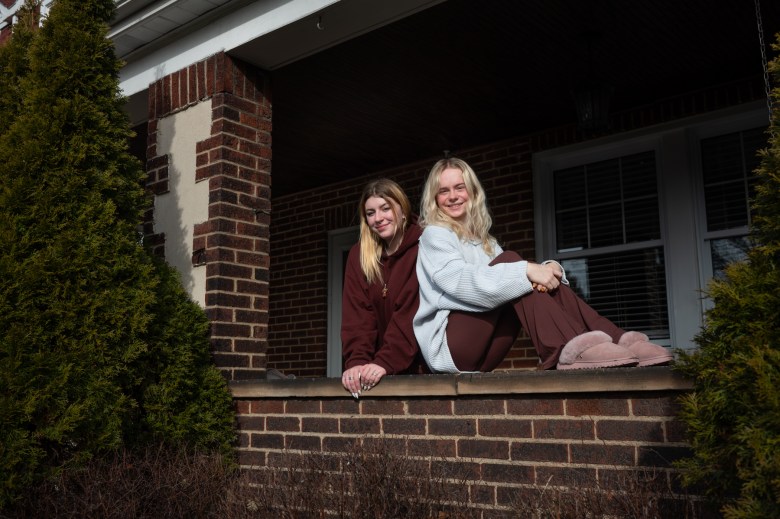
Pinchback-Johnson said the overidentification of white students as gifted sets them up for automatic consideration in high school AP and Centers for Advanced Study classes.
“I view it as just a form of segregation,” she said.
She added that white families use their social capital to get access to the district’s magnet programs.
The district’s arts magnet, CAPA 6-12, has one of the highest rates of students identified as gifted. This year, 31.5% of the student population at CAPA was identified as gifted. Neighborhood schools, such as UPrep Milliones and Westinghouse, have less than 4% of their students identified as gifted.
Advocates seek systemic changes
Nielsen Pereira, director of the Gifted Education Resource Institute [GERI] at Purdue University, said the district could implement models like total school cluster grouping to reduce inequities that might be caused by sending students to a gifted center. The model involves training teachers to identify students and implement gifted education strategies with all students in a school.
Under the model, every teacher would be able to provide gifted education, and gifted students would be placed alongside other students instead of visiting a separate classroom or a gifted center.
Fogarty said the district needs to think about fostering inclusivity and creating in-house gifted education supports, such as those at Dilworth and Grandview.
“Setting kids aside and not providing support services that allow them to be fully inclusive, is problematic, whether it’s for a student with disabilities or a student with academic gifts,” he said.

Walker said instead of referrals from parents or teachers, the district should implement universal testing to ensure that all students have an equal opportunity to be identified as gifted and eliminate any personal and systemic bias.
The district rolled out a pilot program in 2018 to screen all second-grade students in six PPS schools for gifted identification. It’s unclear what, if anything, came of that.
Walker said he’s keen to keep the dialogue moving.
“I think it’s going to take more than policy change,” he said. “It’s going to take attitude change, it’s going to take priority change.”
Lajja Mistry is the K-12 education reporter at PublicSource. She can be reached at lajja@publicsource.org.
This story was fact-checked by Delaney Adams.


